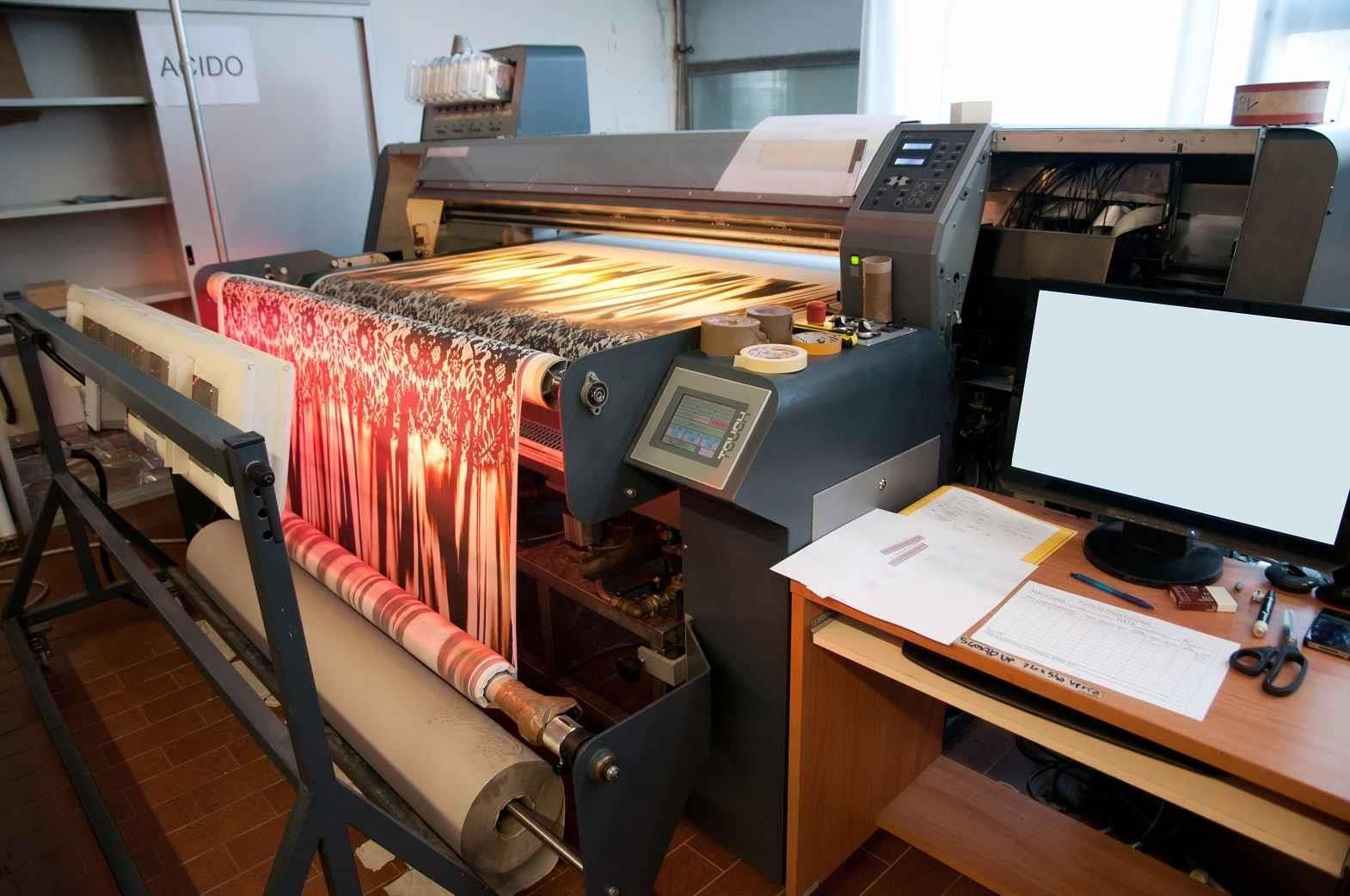
Printing 4.0 – Evolution in Textile Colouration
Business 4.0 utilises automation, information change, and sensible applied sciences to create energy-efficient and resource-saving processes. Printing enhances aesthetic attraction and provides worth. Block printing is taken into account the primary era, flat-bed display screen printing the second, steady rotary printing the third, and inkjet/digital printing the fourth era, or Printing 4.0.
The time period ‘Printing 4.0’ refers back to the integration of digital applied sciences to revolutionise textile printing. Inkjet expertise has revolutionised textile printing by providing a flexible and sustainable answer for producing high-quality printed materials with intricate designs and vibrant colors. It permits the direct printing of designs onto material substrates, providing a number of sustainability advantages in comparison with standard textile printing strategies, thus presenting a extra environmentally pleasant software method. Initially pioneered for paper printing, inkjet expertise has now seamlessly transitioned into the textile business.
The working sequence of the digital textile printing method is comparatively easy. The method begins with making a fascinating design utilizing graphic design software program. The material to be printed on is pre-treated to make sure optimum ink absorption, which may contain washing or making use of a pre-treatment answer, relying on the category of inks used. The design file is then transferred to the digital printer’s software program. The digital textile printer makes use of inkjet expertise, enabling the print head to maneuver forwards and backwards throughout the material. The digital design file reveals that the nozzles of the print heads deposit tiny ink droplets onto the material floor. The digital printer exactly controls the quantity of ink used to recreate the design precisely on the material whereas sustaining the sharpness of the print. As soon as the design is printed, the material is both dried or cured to set the ink. This remaining step ensures correct adhesion of the ink onto the material floor.
Innovation in Printing 4.0
Beforehand, digital textile printing was most popular because it provided a number of advantages over standard textile printing, reminiscent of shorter manufacturing instances, lowered setup prices, and the flexibility to supply small batch sizes with intricate designs. The appearance of sensible applied sciences has additional revolutionised the digital textile printing phase. Producers like Reggiani, Kornit, and Durst have developed digital textile printers able to printing at larger speeds. These programs allow sooner manufacturing turnaround instances with out compromising print high quality.
Greener and safer ink formulations are gaining consideration to satisfy the calls for of manufacturers and ecological rules. Manufacturers now search color vibrancy, sturdiness, and sustainable traits. Inks ready utilizing water-based and eco-friendly solvents are most popular. Business digital ink suppliers have began manufacturing digital printers appropriate with eco-friendly ink formulations. Corporations reminiscent of Epson, Mimaki, and Roland supply digital textile printers which might be appropriate with these eco-friendly ink formulations. The preparation of pigment inks for digital printing has just lately garnered consideration. As no post-processing remedy like washing is required after curing the pigment-based inks, they’ll contribute to water, vitality, and resource-saving.
Superior color administration in digital textile printing ensures environment friendly utilisation of the Proper First Time (RFT) and Proper Each Time (RET) technique in manufacturing. Color administration utilizing spectrophotometers, calibration instruments, and software program algorithms helps obtain correct color replica and consistency throughout completely different batches and printing circumstances. Corporations supplying spectrophotometers and calibration instruments, reminiscent of Barbieri Digital and X-Ceremony, supply color administration software program tailor-made for digital textile printing. RIP (Raster Picture Processor) software program options from firms like EFI and Caldera additionally incorporate superior color profiling and calibration options. Textile-specific computer-aided design (CAD) software program permits trend designers and garment producers to create print-ready recordsdata with advanced patterns effectively.
Machine studying algorithms and AI are being applied to analyse information from printing processes to optimise parameters, detect defects, and predict upkeep wants. AI-driven predictive expertise may also help detect defects and optimise ink consumption to attain larger effectivity, cut back waste, and enhance print high quality. Mimaki and EFI have built-in AI-driven options into their digital textile printers. The AI-based Nozzle Test Unit (NCU) robotically checks and cleans clogged nozzles of digital textile printers. In the meantime, the Nozzle Alternative Unit (NRU) selectively substitutes good nozzles. Such AI-driven methods are helpful in attaining sustainability objectives like accountable consumption.
Direct-to-garment printers allow the simple printing of designs instantly onto clothes reminiscent of T-shirts, pants, and designer put on. Other than industrial business setups, these printers are gaining reputation in households. DTGs allow people to create personalised designs for his or her clothes. These printers have gotten more and more in style as they’re simple to make use of and require much less technical know-how. They’re wanted by startups to imprint logos and logos for promotional advertising simply.

